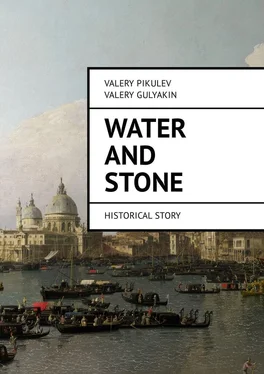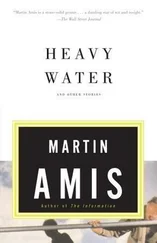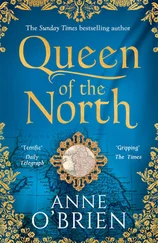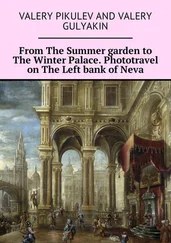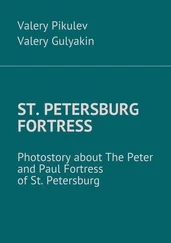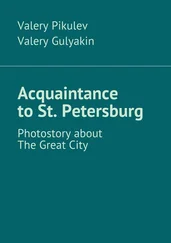monument to Peter I – the main symbol of St. Petersburg
So, so St. Petersburg… And that, and we will go according to its avenues and the areas, stopping (as if a doggie at columns) before each of in the slightest degree interesting structures, monuments … – “look to the right… and now look on the left …", – as crowd of the tourists who became stupid from impressions to whom if only “to be noted” yes to pass away time to the train, and then, so, pompously to speak at home: “about – oh, – I was in St. Petersburg!” – so, perhaps? Of course, no, is not the guide! Give, not hurry, – time at us a pile! – give, it is detailed and… carefully.
Before to meet someone, – to learn who such is what represents, “than breathes”, – not harm to have a look from outside: and what boring whether it is good a figure, whether the blonde… the brunette … – Oh! Where was I? About the city agreed! Well, all right, – about the city, so about the city.
And, nevertheless, – there is in St. Petersburg such town from which it is possible, having taken of the city a broad view, time to survey both immense breadth of stately Neva, and all its historic center: Petrograd Side, Vyborg, Moscow… Spit of Vasilyevsky Island, Peter and Paul Fortress… And the place it – of course, Trinity Bridge.
Those from Petersburgers who managed to visit Paris fall in love with this city to a descent, from the first acquaintance! And, why? – Yes therefore only that in places, – the small such specks of ancient building clamped in a vice of concrete urbanism, – it reminds them native Piter (quite so we call the favourite St. Petersburg). And now imagine thirty square kilometers of magnificence of palaces, monuments, cathedrals … – what specks there! – thirty square kilometers of only one historic center of the city!
There now, we also reached meanwhile, – we stand just on the middle of Trinity Bridge. Clear solar midday, a clear sky … – and, suddenly! – no, calm down, it is not a thunder. It is a shot of the midday gun, – still the smoke did not vanish over one of Peter and Paul Fortress bastions (so we, Petersburgers, call Peter and Paul, – or rather St. Petersburg – fortress).
It is necessary to tell several words about the midday gun. In the winter its shot is heard even from Sestroretsk (there is such lovely town in thirty kilometers to the northwest from St. Petersburg), – “Moscow time… twelve hours!” – we hear the announcer’s voice, confident in the correctness. But, here in what a question: whether the Moscow this time, in the business? And “counter” is that so-called “Moscow” time is defined at us – in Pulkovo Observatory that near St. Petersburg, on the thirtieth, – “pulkovsky”! – meridian. (This meridian, by the way, in exactly passes almost along Trinity Bridge!) Thus, the exact time is defined in St. Petersburg, corresponding to it “with an accuracy”, – forgive for a tautology, – about one seconds; and the signal is right there reported to Moscow. And “white stone” Moscow gives it for the, “violating” any there author’s rights, and even carries across all Russia! And the fact that its own (astronomical) time advances so-called “Moscow” approximately for 30 minutes is to it “to a bulb”: there are affairs more important. – So, so Russia lives not on Moscow at all, and on St. Petersburg time!
So, Trinity Bridge. Frankly speaking, the tsar Peter was an ardent opponent of any bridges. Having placed the city with the sea, more, than on one hundred islands, the tsar wanted to acquaint all the citizens with water elements also; and for this purpose, on his plan, the only means of crossing of water barriers which in the city there was great variety, boats had to serve. In such simple way he wanted to accustom citizens to water, and it, this water, not to be frightened. (And waters here, – oh as there is a lot of; only imagine that the spillway of Neva makes… cubic kilometer in 7 minutes!)
However the yard which gradually moved to coasts of Neva from Moscow could not appreciate this whim of Peter; and bridges, of course, had to be built. – At first on floats…
The Trinity Bridge in this plan an exception was not. At first, is slightly higher on a current, there was a floating bridge (already not the first in the city), – and there was it in 1803, – which provided more convenient way to the Emperor Alexander I to the “country” palace on the Stone island. This palace flaunts on that island with the same name also now; truth, now it not country, but quite “city”. And so, this bridge first was called St. Petersburg. Then, already in 1827, the bridge (besides, floating) connecting the area to a monument to Suvorov and Trinity Square was built. In the beginning it was called Suvorov, and then renamed in Trinty; it was length more than a half a kilometer and is ornated by the lampposts and a handrail of art casting covered with gold leaf. It is already direct predecessor of that bridge whom we now also admire.
Took construction of the constant bridge seriously: even the international competition was announced. Representation and consideration of projects lasted till 1897; and eventually the Emperor Nicholas II – personally! – approved the project of the French firm “Batinyol”. The choice of the French firm was not casual, at all, – at the same time, in Paris, through Seine put the bridge of a name of the Russian Emperor Alexander III, the father of Nikolay.
Laying of the bridge was made on August 12, 1897 – in memory of the 25 anniversary of a wedding of the Emperor Alexander III and Imperatritsy Maria Fyodorovna. A bookmark was made in very solemn situation and even in the presence of the president of the French republic! Trinity Bridge was built by 1903. It was majestic: ten flights, adjustable, with a pig-iron protection of art casting, with three-lamp lamps on granite pedestals! It was opened in May, 1903, in days of celebration of the 200 anniversary of St. Petersburg.
In Soviet period the bridge was called Kirovski, – in honor of Sergey Mironovich Kirov, the First secretary of the Leningrad regional committee of the Communist Party, really, it is a lot of made both for the city, and for its inhabitants. Before construction in 1965 of Alexander Nevsky Bridge it remained the longest in the city (582 m). A northern part of the bridge crosses as I already told you, the Pulkovsky meridian on which is defined “Moscow” time. Some experts claim even that the meridian passes on Trinity Bridge axis. But if it and not so, – that from that? All the same, Trinity Bridge – the most beautiful bridge in our city! You judge…
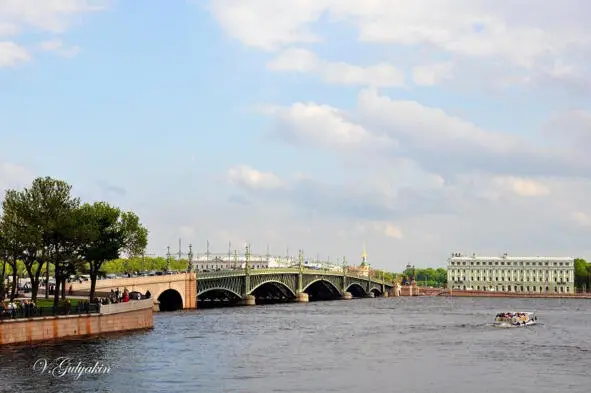
Trinity Bridge. View from the right coast of Neva

Let’s approach closer…

Lampposts and lamps
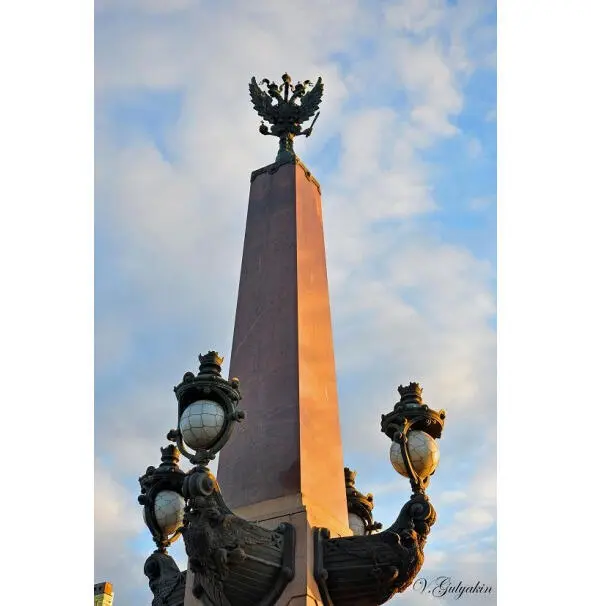
Lampposts and lamps of the bridge
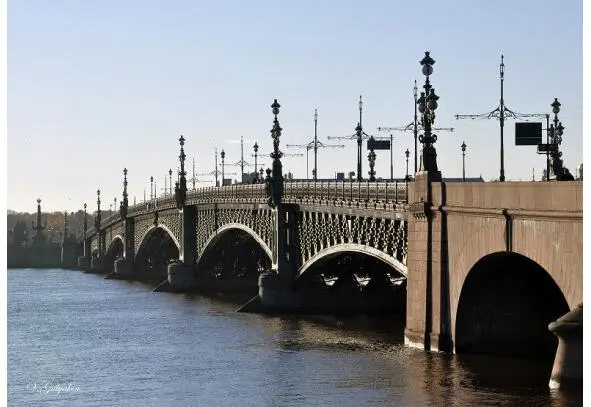
Here it, our handsome, – Trinity Bridge! View from the right coast of Neva
Читать дальше
